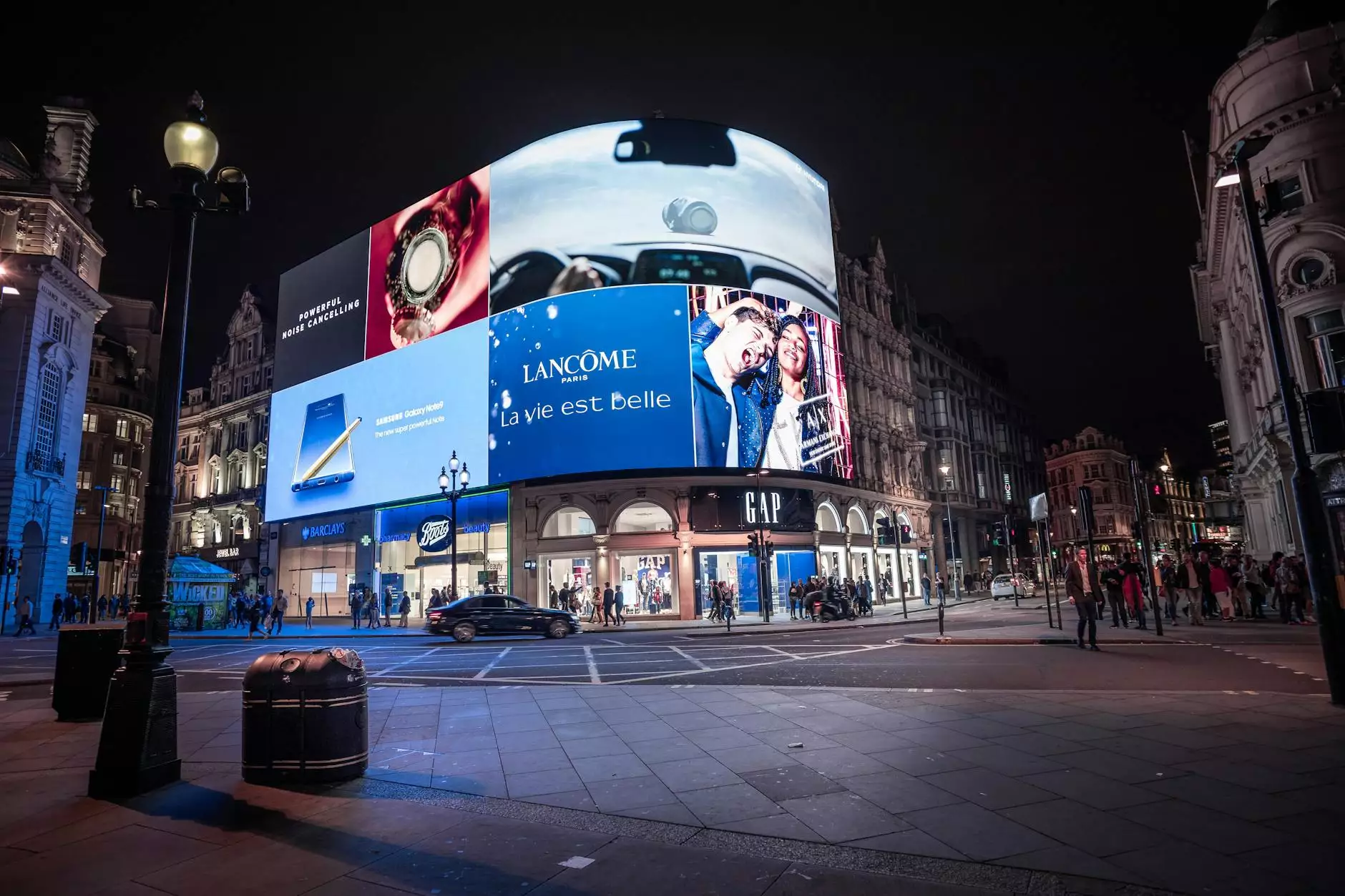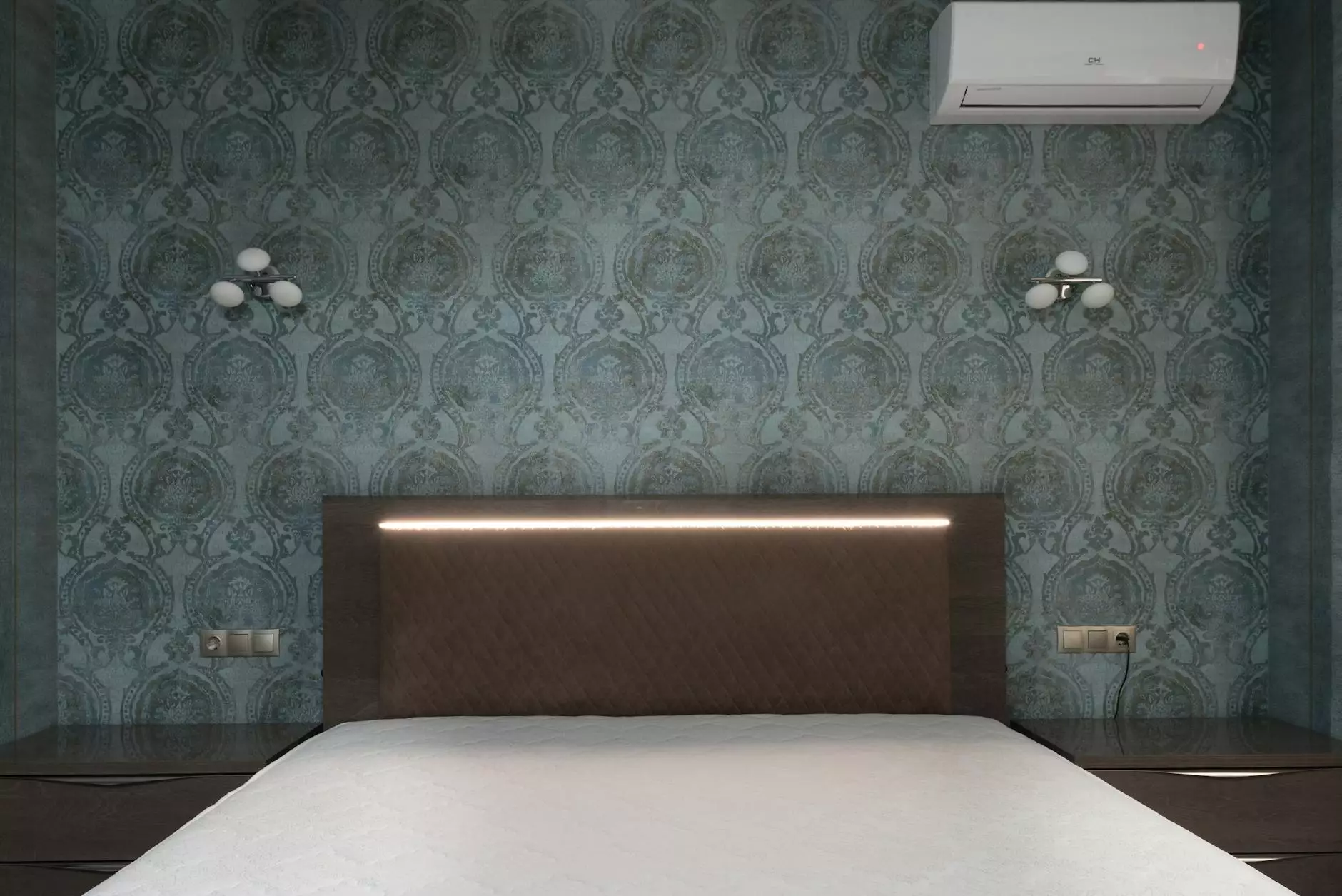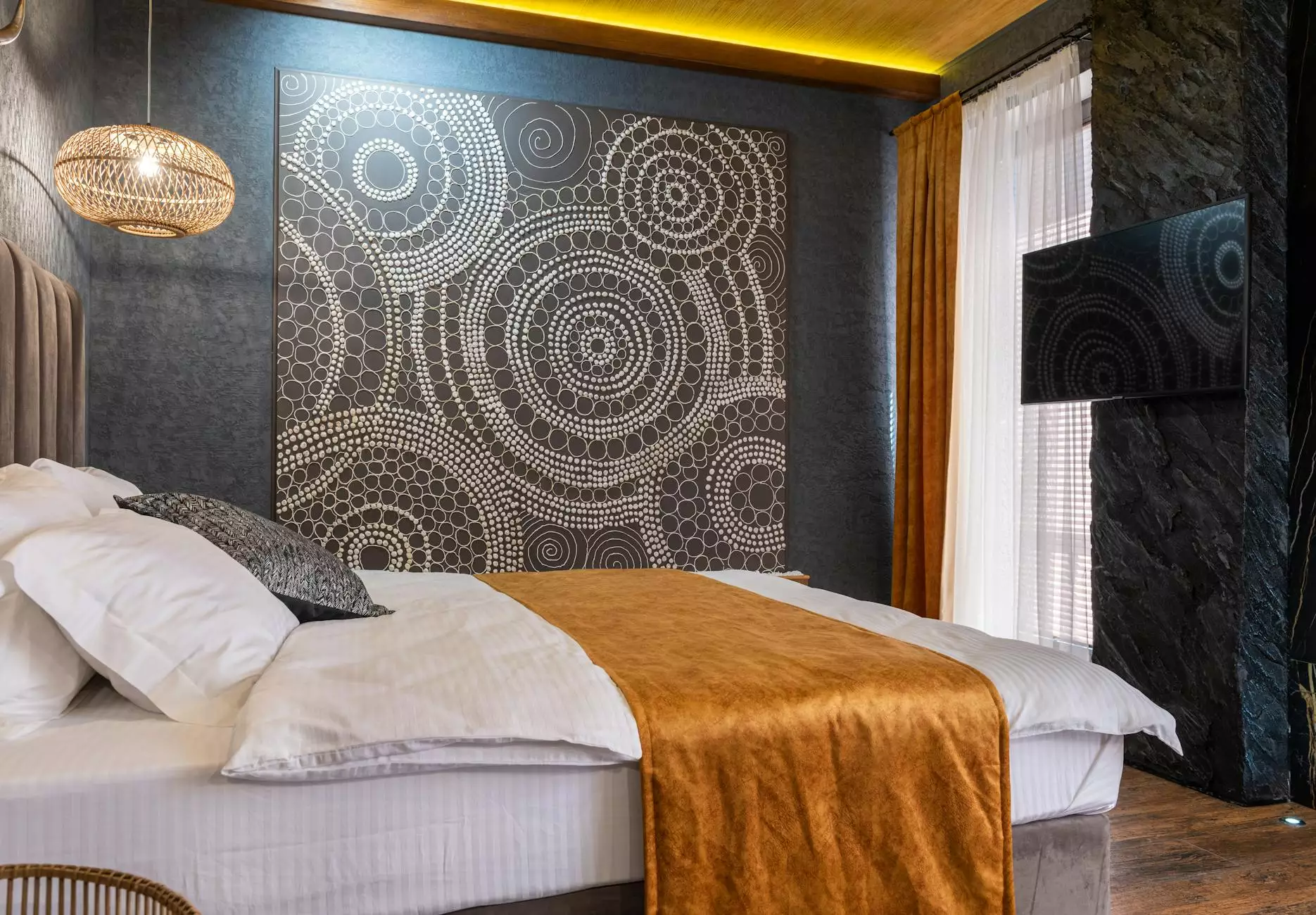Best Commercial Interiors: Application Lighting Practices

Introduction
Welcome to Video Technics Repair, where we provide comprehensive guidance on lighting practices for commercial interiors. In this article, we will walk you through the best application lighting practices to create a perfect lighting environment for your commercial space.
Importance of Lighting in Commercial Interiors
The right lighting is crucial for commercial interiors as it can greatly impact the atmosphere, mood, and functionality of a space. Whether it's a retail store, office, or restaurant, the proper lighting design can enhance the overall experience for customers, employees, and visitors.
Understanding Lighting Types
Before diving into the best practices, it's important to familiarize yourself with the different types of lighting commonly used in commercial interiors:
Ambient Lighting
Ambient lighting, also known as general lighting, provides overall illumination to a space. It ensures a comfortable level of brightness, allowing people to navigate and perform tasks easily. Common ambient lighting fixtures include ceiling-mounted lights and chandeliers.
Task Lighting
Task lighting is focused lighting that serves a specific purpose. It is used to illuminate workstations, countertops, or any area where specific tasks are performed. Examples of task lighting include desk lamps, under-cabinet lights, and pendant lights.
Accent Lighting
Accent lighting is used to highlight certain objects, architectural details, or artworks within a commercial space. It adds drama and visual interest to the overall lighting scheme. Track lighting, recessed spotlights, and wall sconces are commonly used for accent lighting.
Natural Lighting
Natural lighting refers to the use of daylight to illuminate a space. Incorporating natural light into commercial interiors not only saves energy but also provides a more pleasant and inviting environment. It can be maximized by using large windows, skylights, or light shelves.
Lighting Design Considerations
When designing the lighting scheme for your commercial interior, several factors should be taken into consideration:
Functionality
Consider the primary functions of the space and how lighting can support those activities. For example, in an office setting, bright task lighting is essential for productivity, while in a restaurant, warm and ambient lighting can create a cozy and inviting atmosphere.
Color Temperature
The color temperature of lighting can greatly affect the mood and ambiance of a space. Cool white light (higher color temperature) is often used in retail environments to create a bright and energetic atmosphere, while warm white light (lower color temperature) is commonly used in restaurants and hotels to create a cozy and relaxed ambiance.
Energy Efficiency
Opt for energy-efficient lighting solutions to reduce energy consumption and lower utility costs. LED lights are an excellent choice as they are highly efficient and have a long lifespan. Additionally, consider installing motion sensors or dimmers to further optimize energy usage.
Lighting Controls
Implementing lighting controls allows you to adjust the lighting levels based on specific needs and time of day. This can help create different moods throughout the day and conserve energy when the space is not in use.
Lighting Fixtures
Choose lighting fixtures that complement the overall interior design and style of the space. From sleek and modern to vintage and industrial, there are endless options available to suit any commercial interior aesthetic.
Best Practices
Now that you have a better understanding of lighting types and design considerations, let's explore some best practices to create the perfect lighting environment for your commercial space.
1. Layered Lighting
Utilize a combination of ambient, task, and accent lighting to create a layered lighting effect. This technique adds depth and dimension to the space while ensuring optimal illumination for various activities.
2. Balanced Illumination
Achieve balanced illumination by distributing light evenly throughout the space. Avoid overly bright areas or dark corners that can create discomfort or visual strain. Proper placement of fixtures and understanding the light distribution patterns can help achieve this.
3. Highlight Key Features
Use accent lighting to highlight key features or focal points within your commercial interior. This can include architectural elements, artwork, or product displays. Directing light towards these areas draws attention and creates visual interest.
4. Color Rendering
Consider the color rendering index (CRI) of your lighting. A higher CRI ensures that colors appear more accurate and vibrant, which is especially important in retail spaces where accurate color representation is crucial for product displays.
5. Dimming and Controls
Implement dimming controls to adjust the lighting intensity based on different needs and occasions. Dimming not only creates different atmospheres but also helps save energy during periods of lower activity.
6. Natural Light Integration
Maximize the use of natural light by strategically placing windows, skylights, or light tubes to introduce daylight into the space. Natural light not only enhances the visual appeal but also brings various health benefits to occupants.
7. Maintenance and Upkeep
Regularly inspect and maintain your lighting fixtures to ensure optimal performance and longevity. Replace any burnt-out bulbs promptly to avoid uneven illumination or dark spots within the space.
Conclusion
Creating the perfect lighting environment for your commercial interior is a combination of artistic vision, functionality, and technical knowledge. Video Technics Repair understands the importance of lighting in commercial spaces, and we hope this comprehensive guide has provided you with valuable insights and best practices to help you achieve your lighting goals. Take these recommendations into account and transform your commercial space with the power of lighting!









